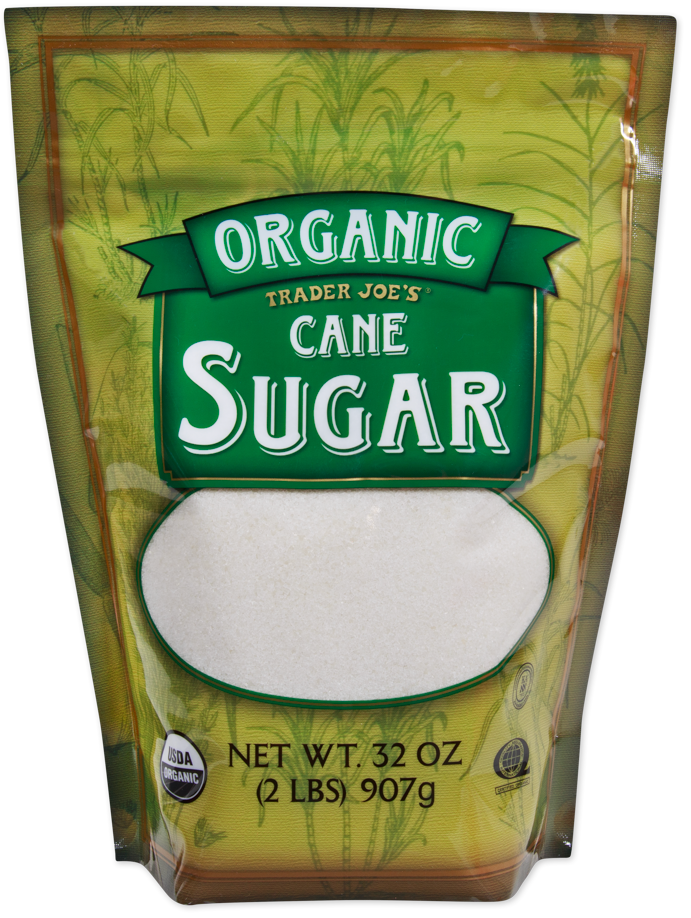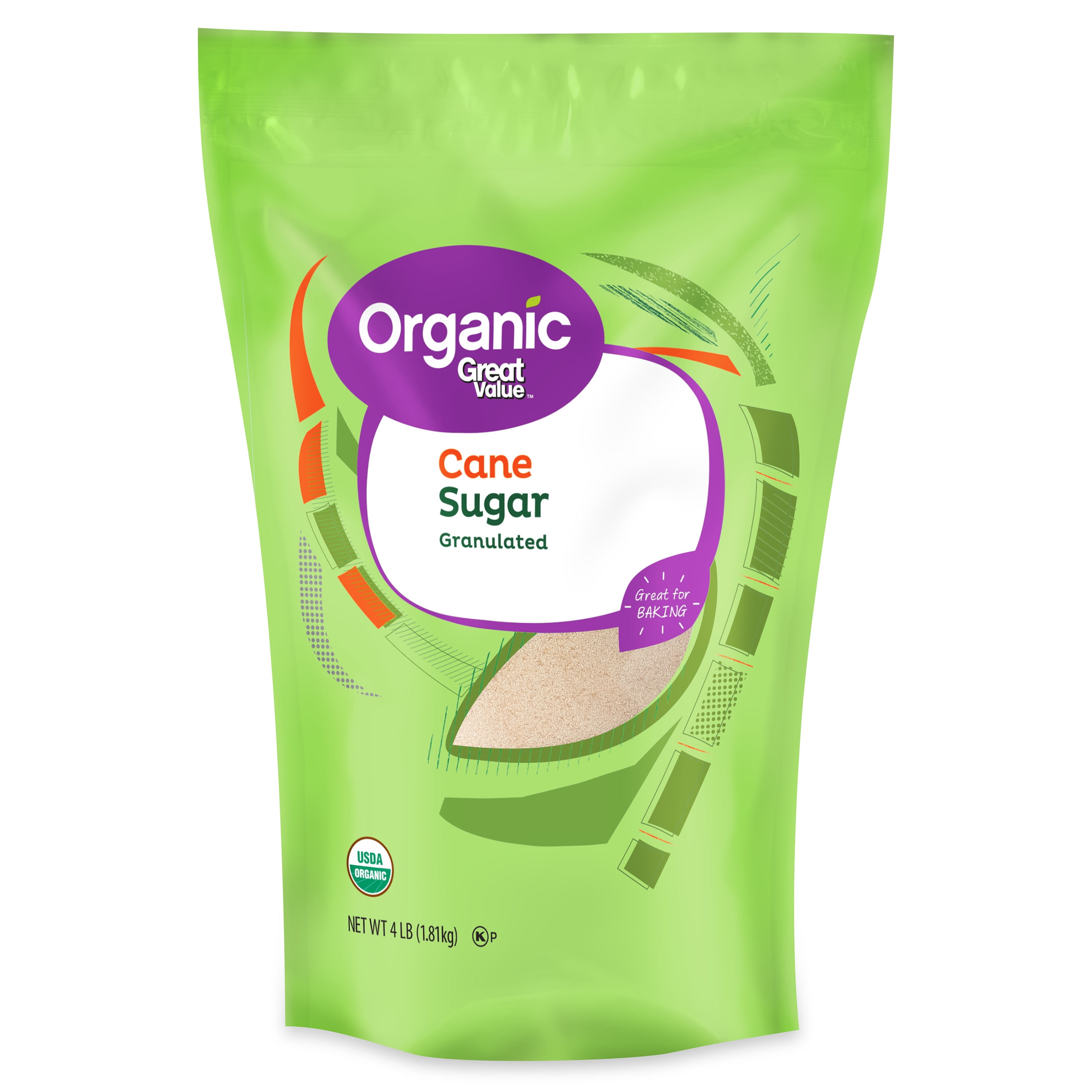An Extensive Guide to the Environmental Influence and Sustainability Practices in Walking Stick Sugar Handling
The environmental impact of walking cane sugar processing provides a complicated range of challenges that warrant careful examination. From dirt destruction and excessive water use to the carbon footprint associated with cultivation and manufacturing, the consequences of typical practices are significant. What details methods can be executed to strike an equilibrium in between productivity and environmental stewardship?
Summary of Walking Stick Sugar Handling
Walking stick sugar processing involves a series of organized steps that change sugarcane right into polished sugar. Originally, collected sugarcane is transported to processing centers, where it undergoes cleansing to get rid of dirt and debris. Following this, the walking cane is crushed to remove juice, which is then made clear by getting rid of pollutants with heating and the addition of lime.
The clarified juice goes through dissipation, where water is removed to focus the sugar content. These crystals are divided from the continuing to be syrup using centrifugation, resulting in raw sugar.
The last item is then dried out and packaged for distribution. Throughout this whole process, maintaining efficiency and quality assurance is important to guarantee the sugar satisfies industry criteria. Each action in walking cane sugar processing not just contributes to the last product however also has ramifications for resource use and waste generation, establishing the stage for discussions on sustainability and environmental impacts related to sugar production.
Ecological Obstacles of Production
The manufacturing of cane sugar offers several considerable environmental difficulties that warrant interest. One primary concern is the considerable use of agrochemicals, consisting of chemicals and plant foods, which can lead to soil deterioration, biodiversity loss, and contamination of local water resources. The overflow from sugarcane areas usually brings these chemicals right into close-by ecological communities, disrupting aquatic life and affecting the wellness of neighborhoods reliant on these water bodies.
Another obstacle is the high energy intake connected with sugarcane processing. The boiling and refining stages need substantial warmth, mainly produced by burning fossil fuels, adding to greenhouse gas discharges. Furthermore, the large acreage needed for sugarcane farming can lead to logging and habitat damage, more worsening environment modification and harmful wild animals.
Additionally, the labor techniques in some areas raise honest concerns, as employees may deal with inadequate working conditions and poor incomes. This situation frequently bolsters a cycle of poverty in regional areas. Cane Sugar Processing. Resolving these environmental difficulties is essential for developing much more sustainable techniques in walking stick sugar production, inevitably profiting both the environment and the areas associated with this sector
Water and Land Use Effect
Water resources and land utilization are crucial parts in the walking cane sugar market that dramatically affect the setting. The growing of sugarcane needs substantial water input, with price quotes suggesting that it can take in as much as 2,000 liters of water per kg of sugar produced. This intensive usage of water typically causes exhaustion of local water resources, influencing not just the sugarcane ranches however also surrounding ecological communities and communities that depend on the same water resources for farming and domestic use.

Additionally, land use for sugarcane farming can cause deforestation and the conversion of natural habitats right into monoculture plantations. This practice diminishes biodiversity, disrupts regional ecosystems, and adds to dirt deterioration. The expansion of sugarcane areas often elbows in on important farming land, creating competitors for sources in between food and biofuel production.
Sustainable techniques, such as maximizing irrigation methods and carrying out crop turning, are important to minimize these effects. By embracing more reliable water use and land management approaches, the cane sugar industry can decrease its ecological footprint, ensuring a balance in between agricultural efficiency and environmental preservation.
Greenhouse Gas Emissions
Greenhouse gas discharges stand for a significant ecological worry within the cane sugar processing market, especially as farming practices expand to fulfill worldwide need. The growing of sugarcane, a plant that grows in exotic environments, relies heavily on artificial fertilizers and pesticides, which add to laughing gas exhausts. In addition, land-use changes, consisting of deforestation for new sugarcane plantations, launch carbon dioxide Read Full Article saved in plant life and dirt.
Throughout processing, energy consumption is one more significant resource of greenhouse gas emissions - Cane Sugar Processing. Many sugar mills use nonrenewable fuel sources to power machinery and create warm, causing significant carbon impacts. In addition, the transport of raw sugarcane and finished products adds layers of exhausts via fuel combustion in lorries
This entails evaluating present farming techniques, refining approaches, and transportation systems to identify areas for enhancement and reduction. Addressing greenhouse gas discharges is essential for fostering a much more sustainable walking stick sugar market in a changing environment.

Lasting Practices and Innovations
Lasting techniques and advancements are increasingly essential in the walking cane sugar processing sector as stakeholders seek to lower environmental effects while preserving productivity. One significant advancement is the application of integrated plant management, which optimizes resource use by incorporating soil monitoring, bug control, and crop turning strategies. This strategy boosts yield while minimizing chemical inputs and preserving dirt health.
Additionally, the fostering of renewable power sources, such as biomass from sugarcane deposits, has actually acquired traction - Cane Sugar Processing. By transforming waste items into power, processing facilities can decrease their reliance on fossil fuels, consequently reducing greenhouse gas exhausts
Water administration methods have actually also seen improvements via the recycling and reusing of water in processing plants, considerably minimizing freshwater intake. Technologies in modern technology, such as accuracy agriculture, make it possible for farmers to keep track of crop health and wellness and source use better, making sure lasting cultivation techniques.
In addition, accreditation programs like Fair Trade and Rainforest Partnership motivate ecologically accountable farming practices and promote social equity within the supply chain. By welcoming these lasting practices and developments, the walking cane sugar processing market can boost its strength and add positively to ecological stewardship.
Final Thought
The environmental effect of cane sugar processing offers significant difficulties, consisting of soil deterioration, high water intake, and greenhouse gas exhausts, together with ethical worries associated with labor practices. Dealing with these problems with sustainable methods, such as incorporated plant management, eco-friendly energy adoption, and water recycling, is important. By advertising socially fair and environmentally liable methods in sugar production, the sector can reduce its unfavorable results, making certain an extra sustainable future for both neighborhoods and communities entailed in this sector.
Cane sugar handling includes a series of systematic steps that change sugarcane into refined sugar. Each action in walking cane sugar processing her response not just adds to the last item however also has implications for resource use and waste generation, setting the phase for discussions on sustainability and environmental influences associated with sugar production.
Greenhouse gas emissions stand for a substantial ecological problem within the site here walking stick sugar processing industry, particularly as agricultural practices broaden to fulfill worldwide demand.Lasting practices and technologies are significantly important in the walking cane sugar handling industry as stakeholders seek to minimize environmental influences while preserving productivity.The environmental effect of walking stick sugar handling provides considerable obstacles, including dirt destruction, high water intake, and greenhouse gas discharges, together with ethical problems connected to labor techniques.